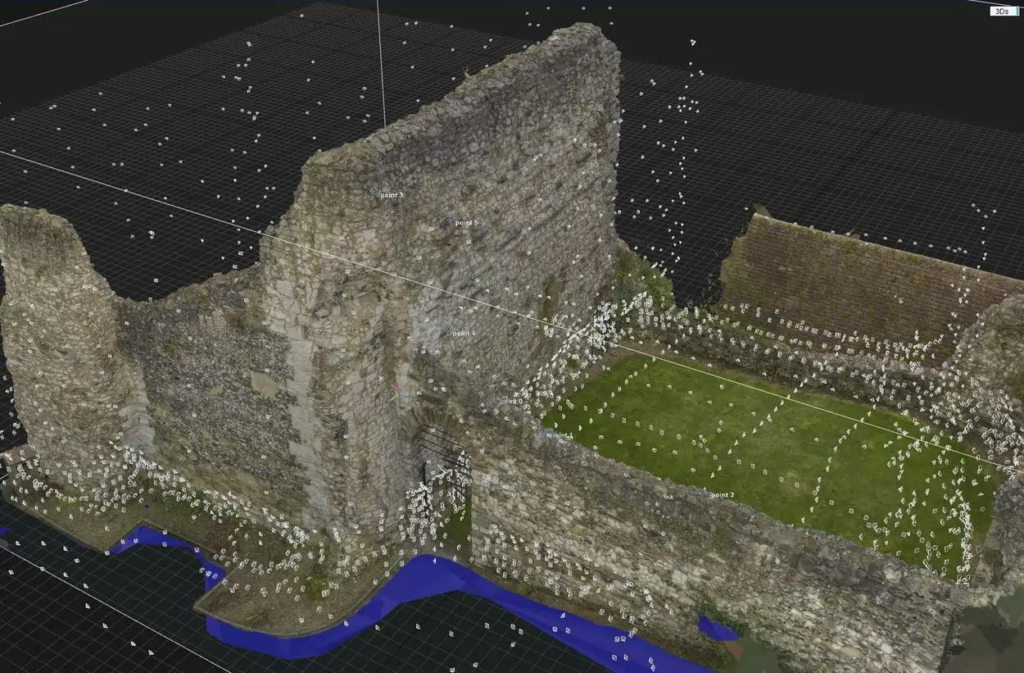In the dynamic universe of digital imaging and 3D modeling, photogrammetry has arisen as a useful asset for making exact and detailed three-dimensional models from 2D pictures. Whether you are in the fields of engineering, archaeology, gaming, or any industry that requires exact 3D reconstructions, upgrading your photogrammetry cycle is fundamental for accomplishing professional grade results. In this article, we’ll delve into important tips and tricks to boost your photogrammetry game and produce dazzling, great models.
Understanding the Basics Of Photogrammetry
Prior to jumping into the tips, it’s very important to understand the essentials of photogrammetry. This method depends on capturing numerous images of an object or scene from various angles, and then utilizing a specialized software to carefully analyze the images and generate a 3D model of it.The accuracy of the resulting model is greatly influenced by the nature of your input images in terms of quality, so this makes paying attention to details during the image-capturing stage very important.
Top Tips to Achieving Professional Results In Photogrammetry
Tip 1: Invest in Quality Equipment
To deliver professional outcomes, begin with quality gear. While top-notch cameras produces great results, even mid-range DSLRs or modern smartphones can produce greater outcomes. Pay good attention to various factors such as resolution, the quality of lens, and sensor size, as these elements impacts the level of details in the images.
Tip 2: Plan Your Shoot
Fruitful photogrammetry frequently boils down to careful preparation. Before you begin capturing pictures, check the lighting conditions, pick the ideal time of day, and think about the weather. Cloudy skies can give diffuse lighting, limiting harsh shadows and further improving texture capture. Moreover, plan your camera positions to guarantee complete coverage of the object from all points.
Tip 3: Use Consistent Lighting
Lighting consistency is key for precise photogrammetry. Stay away from mixed lighting conditions that can make confusing shadows or highlights. In the case of outdoor shooting, take good advantage of natural light, but be aware of what changing sunlight throughout the day can mean for your images. For indoor shoots, utilize soft, even lighting to decrease shadows and highlights.
Tip 4: Optimize Image Overlap
Accomplishing sufficient image overlap is significant for exact reconstruction. Have a target of at least 60-80% overlap between consecutive pictures. This redundancy guarantees that the photogrammetry software can precisely coordinate and triangulate common features, bringing about a more hearty 3D model.

Tip 5: Control Distortions
Lens distortions can adversely influence photogrammetric accuracy. Use Right lens distortions that utilizes software or tools explicitly intended for this reason. Correcting distortions guarantees that your pictures precisely represent this present day geometry of the subject.
Tip 6: Post-Processing is Key
The magic frequently occurs in post-processing. After capturing the desired images, take more time in refining them. Eliminate any lens artifacts, color balance, and boost contrast. This step contributes fundamentally to the general quality of your 3D model.
Tip 7: Choose the Right Software
Different best photogrammetry software choices are accessible, each with its strengths and weaknesses. Try different tools to track down the one that best suits your necessities and workflow. Famous choices include Cognitech Automeasure 64, RealityCapture, and Meshroom.
Conclusion
Streamlining your photogrammetry process is a constant journey of learning and refinement. By investing more into quality gear, planning your shoots carefully, controlling lighting conditions, improving picture overlap, carefully addressing contortions, and mastering post-processing methods, you can boost your photogrammetry game to higher levels. Keep in mind, patience and practice are critical; as you become more acquainted with the complexities of the cycle, you’ll end up consistently creating stunning, exact 3D models that stand out in any industry.

